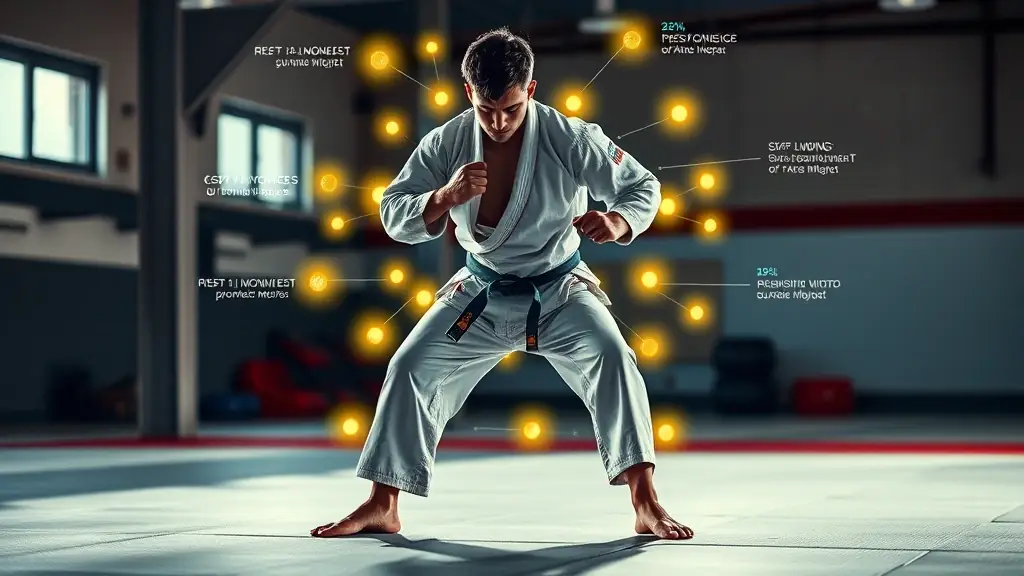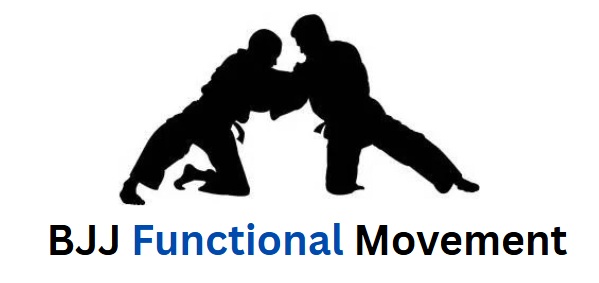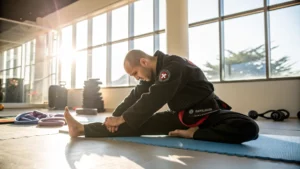
When practitioners don’t understand how to connect their own bodies, their ability to connect with their opponent suffers in several ways:
• Ineffective Grips and Frames
Grips and frames rely on a stable, connected body to transmit force. A practitioner with a disconnected core might grip an opponent’s sleeve but fail to control their posture because their shoulder and torso aren’t aligned. This makes it easy for the opponent to break the grip or counter.
• Poor Weight Distribution
Controlling an opponent often involves applying pressure, like in top positions such as mount or side control. Without internal connection, practitioners struggle to distribute their weight effectively, making their pressure feel light or unbalanced. A connected body, by contrast, channels weight through the hips and core, pinning the opponent with minimal effort.
• Reactive, Disjointed Movements
Disconnected practitioners tend to move reactively, chasing submissions or escapes without a cohesive plan. This lack of flow makes it hard to anticipate or redirect an opponent’s energy. A connected practitioner, however, can feel subtle shifts in their opponent’s balance and respond with precise, unified movements.
• Vulnerability to Counters
A disconnected body leaves gaps that skilled opponents exploit. For example, attempting a triangle choke without engaging the core or aligning the hips creates space for the opponent to posture up or pass. Internal connection closes these gaps, making techniques tighter and harder to counter.
Real-World Examples
Consider two common BJJ scenarios:
1. Guard Retention: A practitioner in open guard needs to keep their opponent at bay while setting up sweeps. If their body is disconnected—say, with a rounded back or unengaged core—their frames collapse, and their opponent easily passes. A connected body, with active hips and a strong posture, creates a barrier that’s hard to bypass, allowing the practitioner to dictate the pace.
2. Submission Setup: When applying an armbar, a disconnected practitioner might focus solely on the arm while their hips drift out of alignment. This weakens the submission and gives the opponent room to escape. A connected practitioner anchors their core, aligns their hips, and uses their entire body to secure the arm, making the submission nearly inescapable


